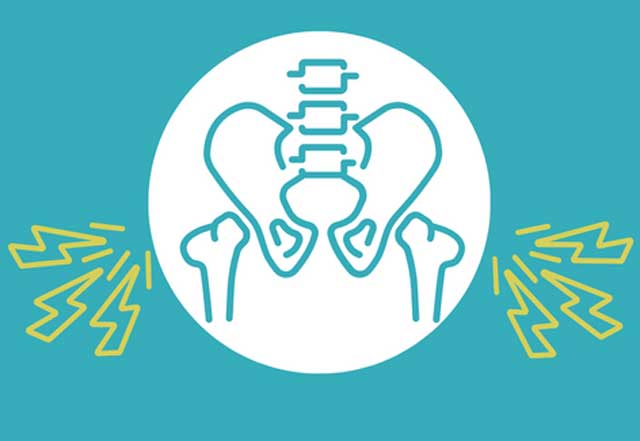Inside Imaging Newsletter- January 2023
Know a colleague who should receive this newsletter?
Sign up here to be added to the email list.

2023 at JHMI
Thank you for partnering with us to care for your patients. We look forward to continuing to provide you and your patients with high quality imaging in the new year. Johns Hopkins Medical Imaging accepts more insurance policies than hospital-based care facilities; you can see our updated list of accepted insurance online. Our staff and faculty members will continue to prioritize patient safety, customize imaging protocols, and offer quality imaging in a safe and comfortable environment. If you have any questions, please don’t hesitate to contact us at RadImagingInfo@jhmi.edu.

Meet Our Neuroradiologists in the NCR
Meet our expert neuroradiologists who are subspecialized in imaging related to the brain, head, neck and spine. They read at Johns Hopkins Medical Imaging in Bethesda, Sibley Memorial Hospital, and Suburban Hospital. Our National Capital Region-based neuroradiologists are part of the neuroradiology division at the Johns Hopkins University School of Medicine.

Open Versus Closed MRIs
Our goal is to make every exam as smooth as possible while avoiding the need to retake imaging. A common misconception regarding MRIs is that an open MRI provides a better experience for claustrophobic patients, despite its many drawbacks. Learn more about the differences in MRI offered at Johns Hopkins Medical Imaging locations.

Cardiac MRI Now at Green Spring Station
Patients can now schedule their cardiac MRI exams at Green Spring Station Pavilion III in Lutherville as well as in Bethesda. Cardiac MRI exams may be ordered to assess the heart for signs or symptoms that could suggest conditions related to the arteries, heart muscle or heart valves. For full information on exam prep and instructions, visit us online.

Order Wisely: Acute Pelvic Pain in Reproductive Age Group
Acute pelvic pain in premenopausal women often present with nonspecific signs and symptoms. The type of imaging is determined by the most likely clinically suspected differential diagnosis. Read more about the recommended imaging options for various suspected causes.

